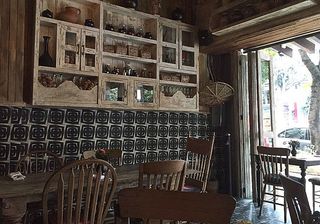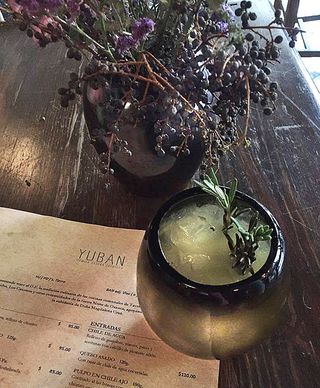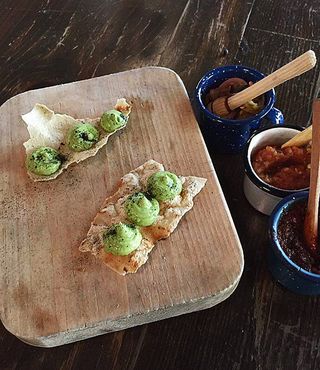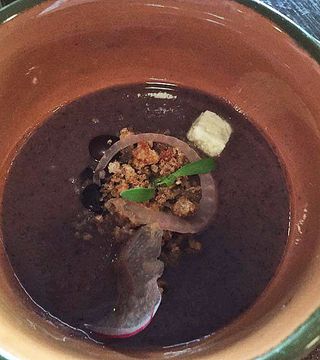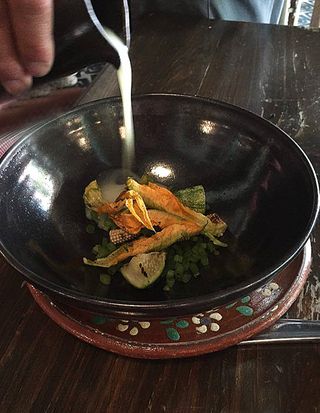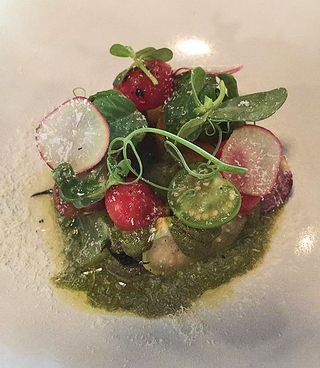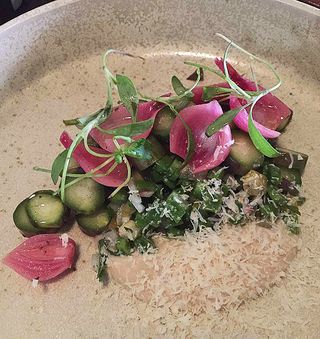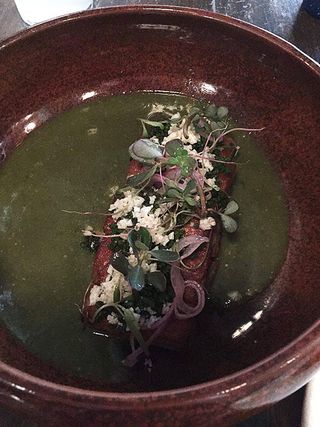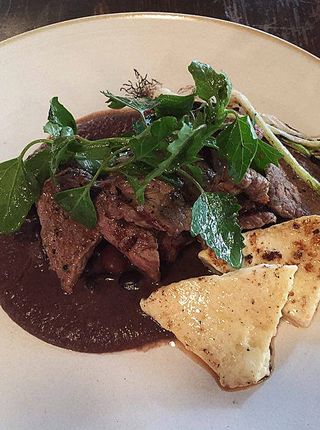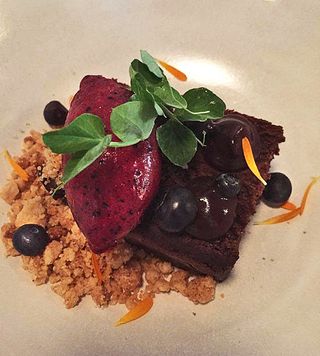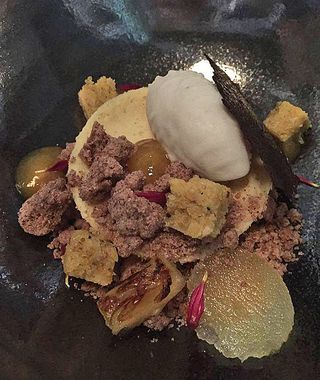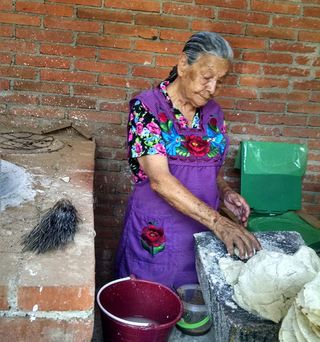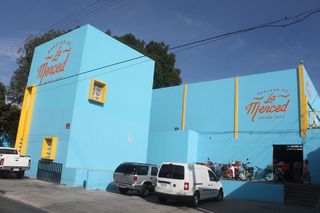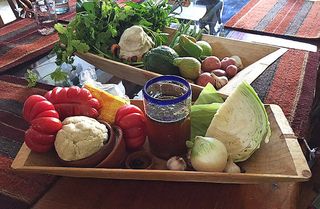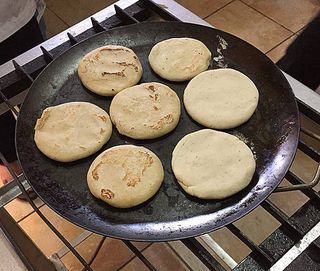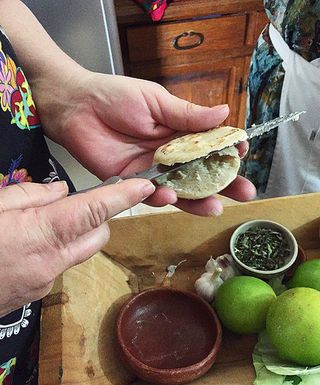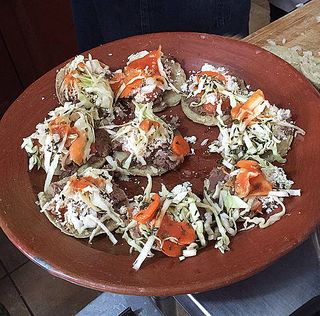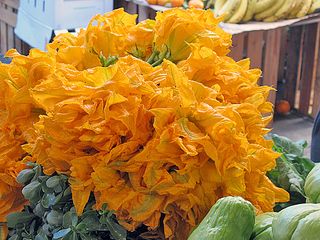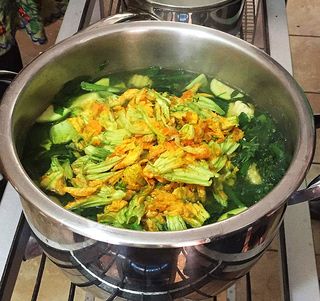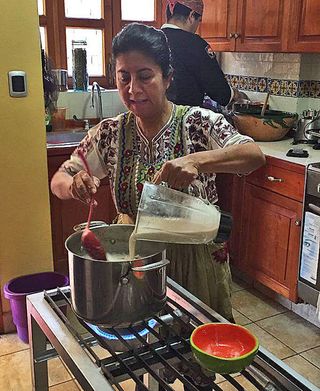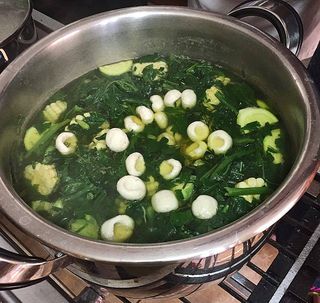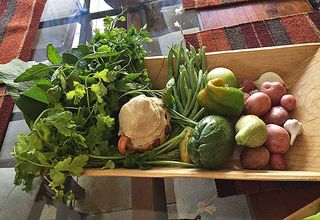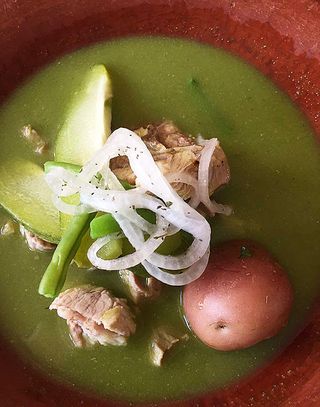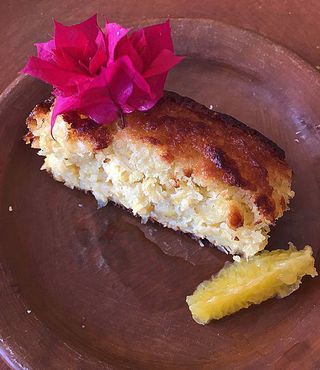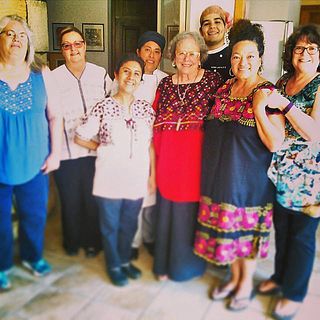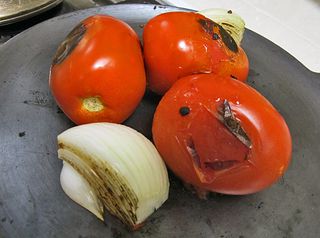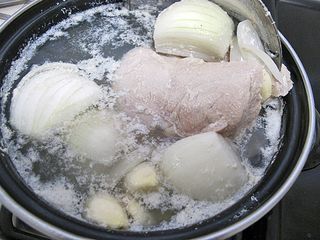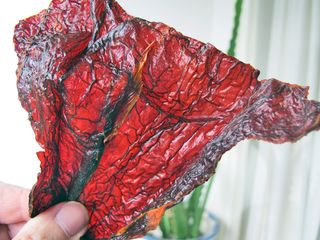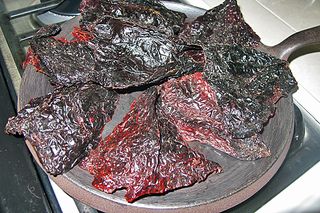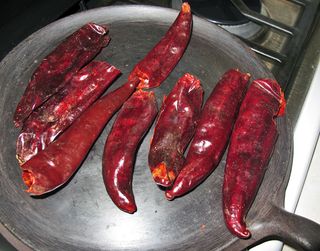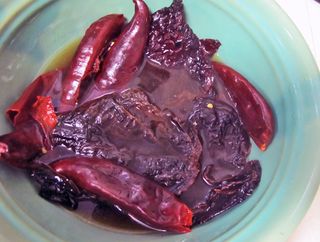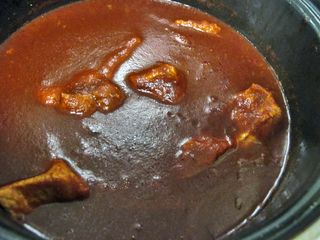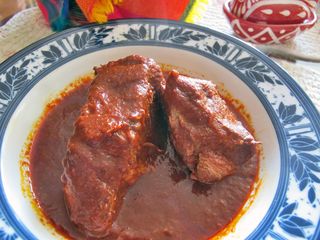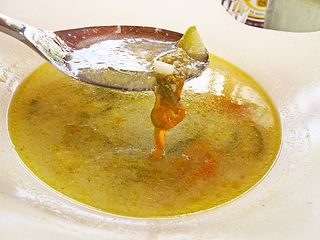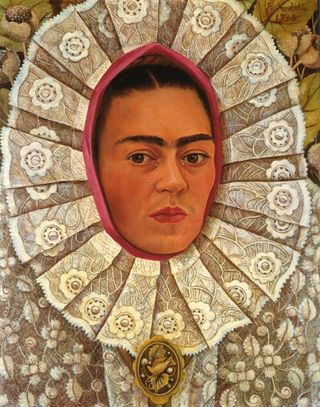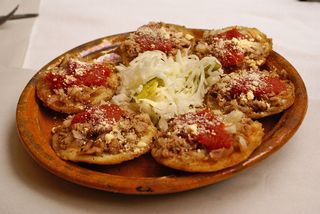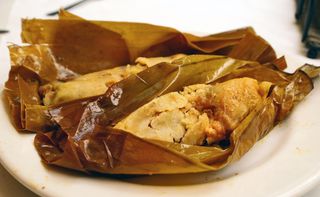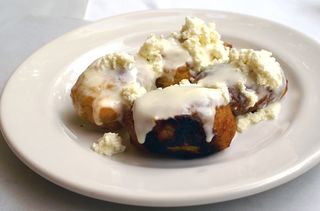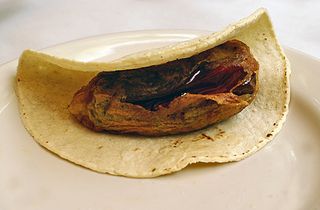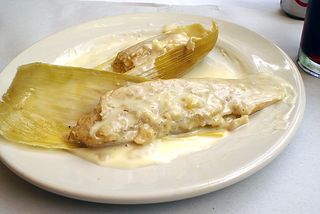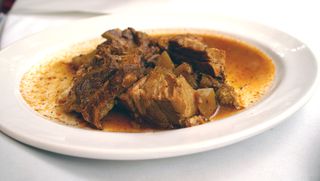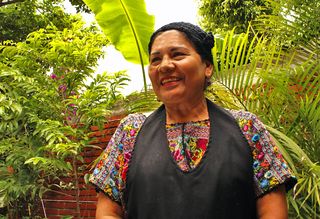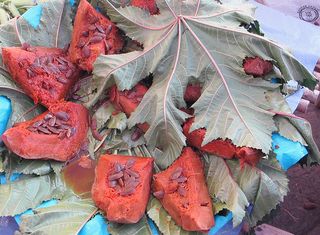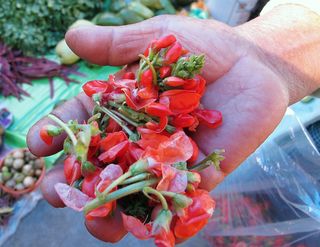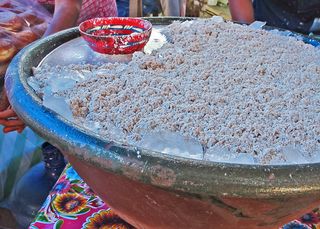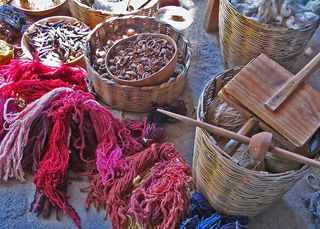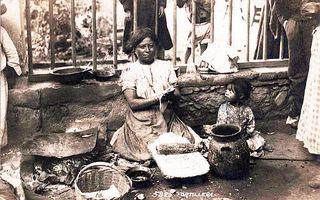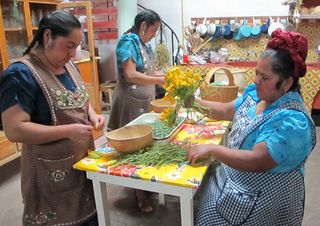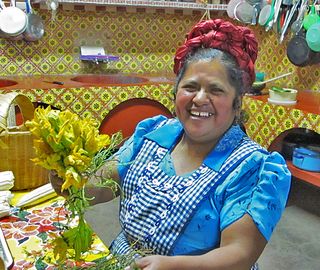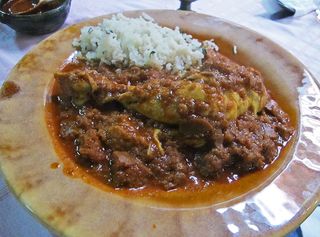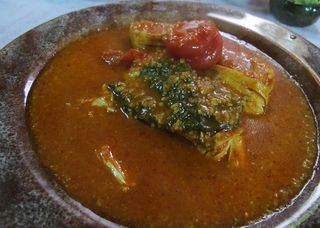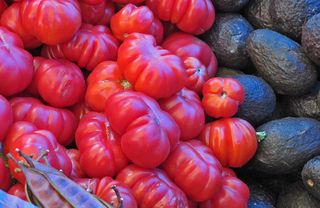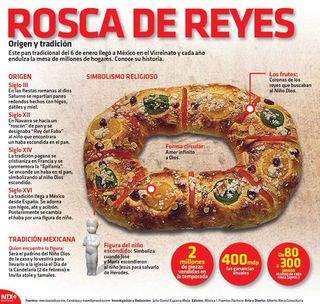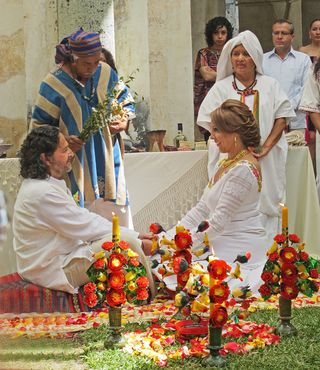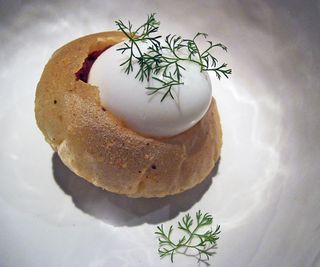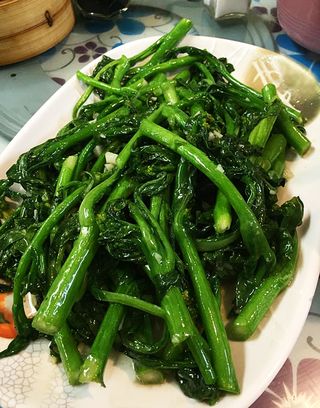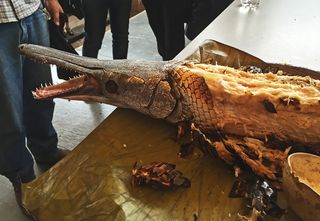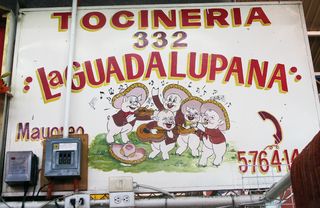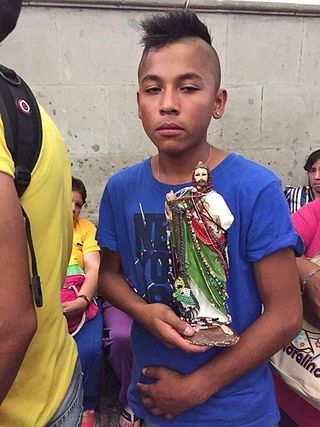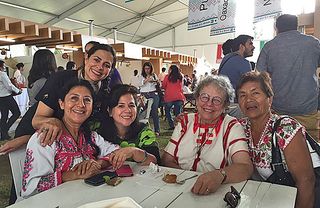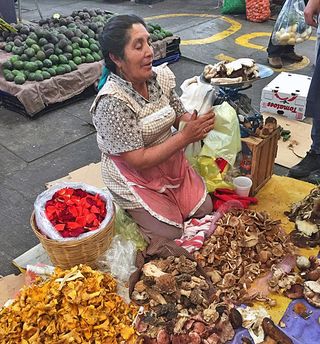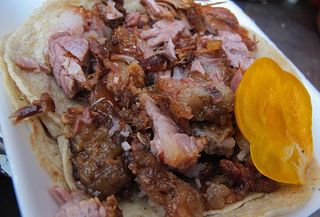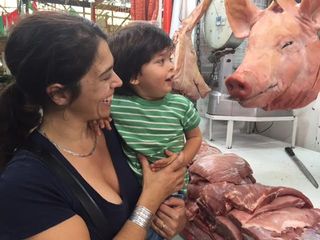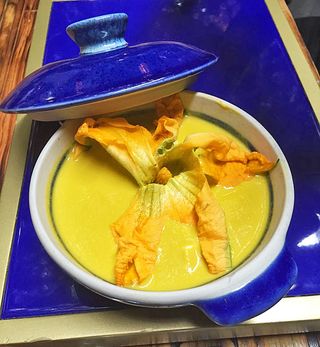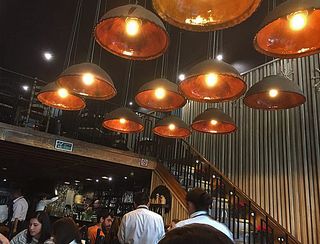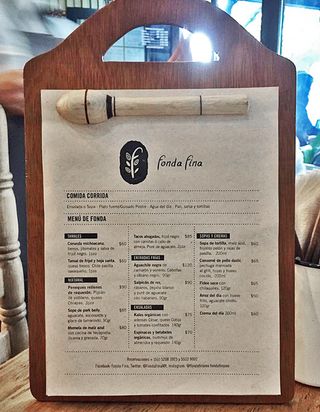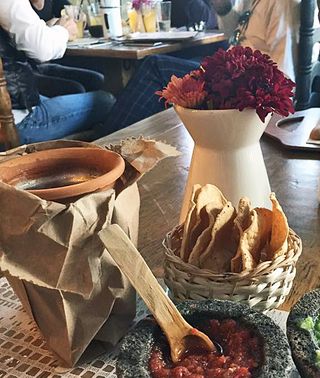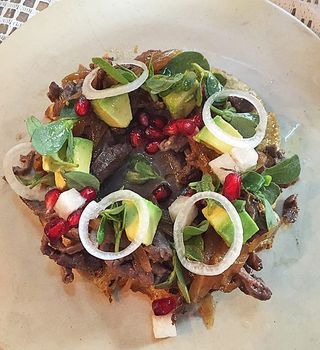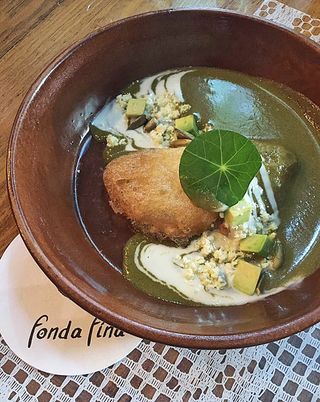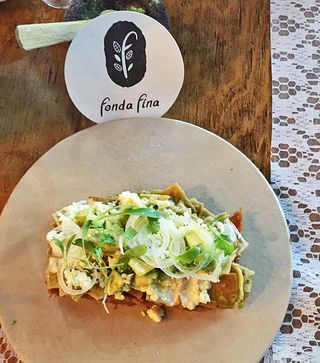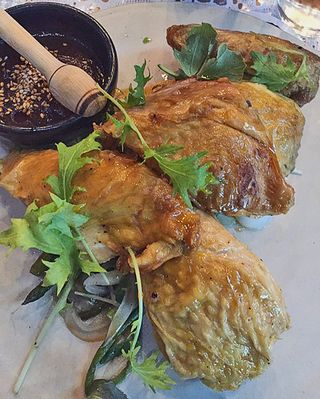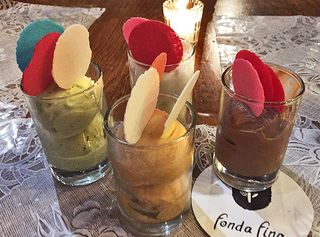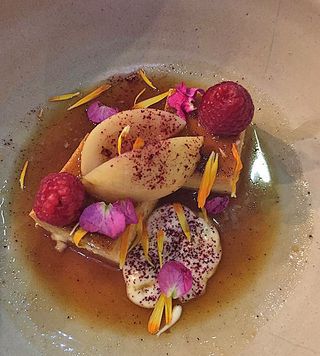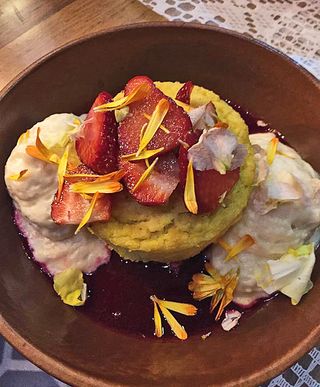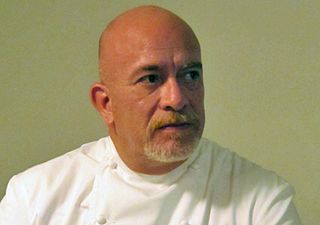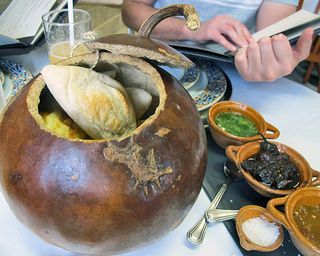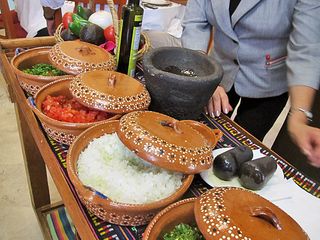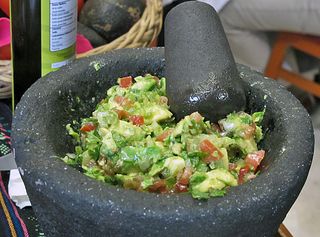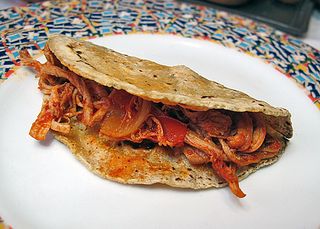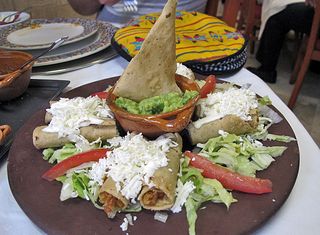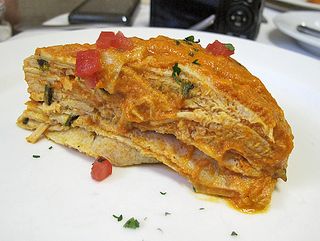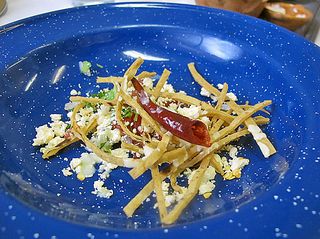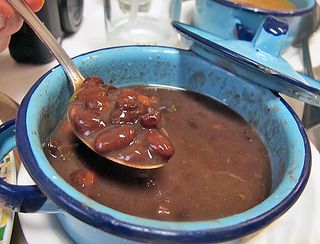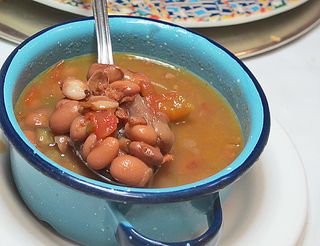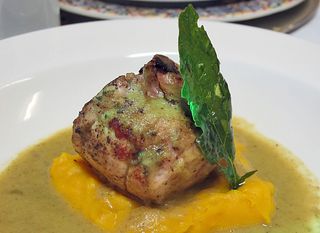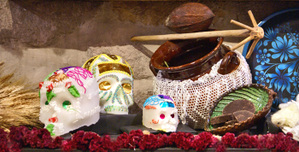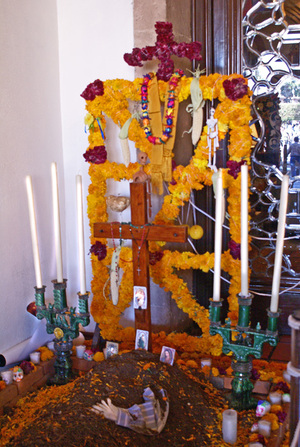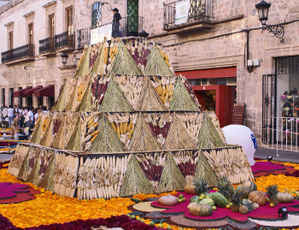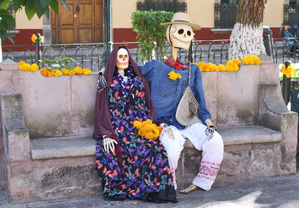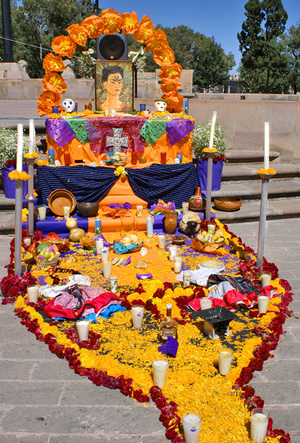Due to an unexpected health issue, Mexico Cooks! is unable to attend the sixth edition of Morelia en Boca, taking place this weekend in Morelia, Michoacán. Rather than miss the festivities altogether, I invite you this week and next week to a re-run of the very first Morelia en Boca, offered in 2011.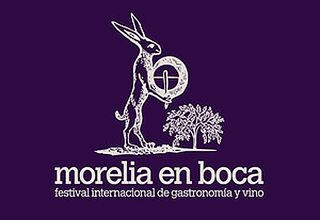
Morelia en Boca 2011 offered three full days and nights of gastronomic conferences, wine and food tasting, and marvelous dinners (with wine pairings) prepared by internationally-known chefs. Whispers of the glories of this festival-to-come had circulated for an entire year, and Mexico Cooks! had eagerly awaited the event.
Everyone's first question was, "Why a rabbit for the festival logo?" The rabbit, long linked with the rich culture of Michoacán, has several meanings. First, it refers to the former town of San Juan Parangaricutiro, which was relocated to the former hacienda known as Los Conejos (the rabbits) when the erupting volcano Paricutín destroyed the original town in 1943. Second, the logo refers to the ancient Purhépecha legend of the rabbit in the moon. According to the legend, the mischievous rabbit devours the ripe produce in a farming family's fields. The farmer then traps the rabbit to serve as a family dinner. The smart rabbit tricks a coyote into freeing him from his cage. The watching moon–considered to be the rabbit's mother–gives her son the gift of zigzagging and hopping in order to escape the angry, hungry, and desperate coyote. Just as the rabbit is about to be trapped, the moon drops down a silver ladder that she has knit from spiderwebs. The rabbit hops high and skips up the ladder, disappearing forever into the moon's embrace. The coyote is left on the earth to howl his pain, his hunger, his fear, and his desperation, while the rabbit is plainly visible on the shining face of his mother, the moon. Next time the moon is full, take a look and you'll see him for yourself, still cuddled in the moon's embrace. The rabbit in the moon, ancient emblem of Michoacán and Mexico, is visible to the entire world.

Mise en place (all previously prepared ingredients in place) for a cooking demonstration, one of many presented at this recent and enormously successful international culinary event . The pre-measured ingredients that you see here are displayed in tiny dried jícaras (gourds).
The festival paired renowned chefs from as far south as Oaxaca and Chiapas with others from as far north as New York City. Food writers and photographers from both Mexico and the United States descended en masse on Morelia for the event. The most common and excited exclamation among wine and culinary participants at the festival–in both Spanish and English–was, "Oh my god, we're friends on Facebook and finally we get to meet in person!"
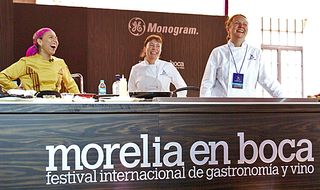
From left, Oaxaca's chef Pilar Cabrera of Restaurante La Olla, Morelia's favorite daughter chef Lucero Soto Arriaga (Restaurante LU, Morelia), and chef Iliana de la Vega, of the extraordinary Austin, Texas restaurant El Naranjo (formerly based in Oaxaca). The three laughing chefs were mid-presentation at Morelia en Boca.
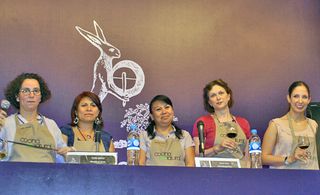
The group from Cocina al Natural, including Celia Marín, Bertha Herrera, Martha Ponce, Sonia Ortiz, and Ana Luisa Suárez of Vinos Wagner, a sponsor of the website. Cocina al Natural launched its website with a joy-filled presentation that included video, delightful talk, and chilled white wines from from Vinos Wagner.
Morelia en Boca offered something for everyone with an interest in either food or wine or both. Daily conferences included panels speaking on topics ranging from the importance and influence of the Culinary Institute of America (Chefs Iliana de la Vega and Roberto Santíbañez) to the launch of the new and wonderful interactive–and very user-friendly–website Cocina al Natural (Celia Marín and Sonia Ortiz). Equally diverse demonstrations included presentations by chefs Enrique Olvera (Restaurante Pujol, Mexico City), Pablo San Román (Restaurante DO, Mexico City) and the new generation of chefs represented by Rodolfo Castellaños (Restaurante Huaje, Oaxaca) and Marta Zepeda (Restaurante Tierra y Cielo, San Cristóbal de las Casas), and an enormous chocolate sculpture–of our logo rabbit–by premier Mexican chocolate maker and chef José Ramón Castillo. More than a dozen separate catas de vino (wine tastings) showed off wineries from Mexico, France, Spain, and the United States. The Belgian brewer Gouden Carolus beamed over its featured offerings of summery wheat beer and truly delicious fruit flavored beers.
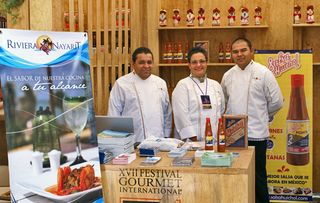
Part of the team from Riviera Nayarit, including the outstanding west coast chefs (left to right) Gerardo Sandoval Fernández, Betty Vázquez, and Marco Valdivia. The Riviera Nayarit stand at Villa Gourmet offered portions of aguachile de camarón (raw shrimp marinated in a sometimes-fiery sauce of jugo de limón and chile serrano), along with a delicious Nayarit-style cebiche topped with spicy Salsa Huichol, one of the sponsors of Riviera Nayarit's visit to Morelia en Boca.

Mexico Cooks! on the job. Photo courtesy Adriana Pérez de Legaspi.
Food and wine tastings at Morelia en Boca took place at the Palacio Clavijero, a 17th Century Jesuit school. In the building's second patio, more than 30 charming wooden providers' booths surrounded a multitude of comfortable tables and chairs. The cost of festival tickets included good-sized tastes (really, as much as you wanted) of both food and drink, including treats from Oaxaca, Chiapas, Nayarit, and Michoacán, Belgian beer, and wines from several countries.

Drop-dead delicious bite-size dark chocolate cups filled with jam handmade from Michoacán-grown blackberries and topped with artisan-made queso Cotija, also from Michoacán. These little marvels (and a big selection of others) were available at the Morelia Museo del Dulce stand at Villa Gourmet.
Next week, come back for Part Two of the festivities at Morelia en Boca. Mexico Cooks! will feature the Morelia en Boca dinners prepared by chefs Roberto Santibáñez of Fonda in New York City, Lucero Soto Arriaga of Morelia's Restaurante LU, Margarita Carrillo de Salinas of Restaurante Don Emiliano in Cabo San José, Baja California Sur, and Rodolfo Castellanos of Restaurante Huaje, Oaxaca.
Looking for a tailored-to-your-interests specialized tour in Mexico? Click here: Tours.

